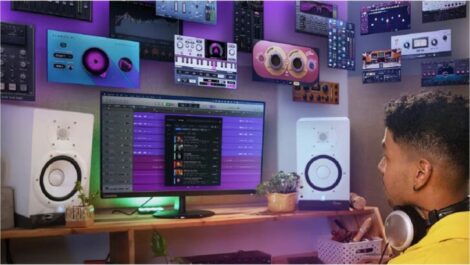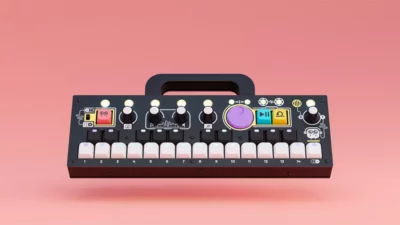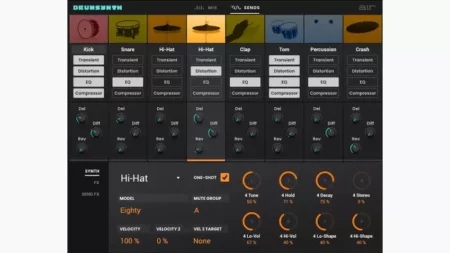Waves Audio responds to user feedback, brings back ‘Perpetural Plugin’ Licenses

Earlier this week, Waves Audio announced that it would be adopting a subscription-only model called Waves Creative Access. This means customers will no longer be able to purchase the brand’s plugins individually – in fact, the only way to access any Waves software will be to sign up to a tiered subscription service that ranges from $14.99 to $24.99 a month.
Responding to user criticism of their announcement that they would only be offering their plugins via a subscription model, the plugin developer has responded to widespread outrage by backtracking on its plans to discontinue perpetual licenses.
Waves Audio reverses its decision to adopt subscription-only model: “We are genuinely sorry for the distress it has caused”
It seems that Waves has taken heed of its customers’ complaints, as the company has announced that it’ll be reversing this decision and bringing back the original perpetual license plugin model as an alternate offering to sit alongside the new Waves Creative Access subscription service.
“Following your feedback, we are bringing back the option to purchase and update perpetual Waves plugin and bundle licenses, side-by-side with the new Waves Creative Access subscriptions,” their website reads. “We are working to make perpetual licenses available to you again as quickly as possible.”
Waves Audio has announced the return of the “perpetual license” option for their plugins:
Dear Waves community,
Over the past few days, many of you have expressed concerns about our decision to discontinue perpetual plugin licenses and our move to an exclusive plugin subscription model. I would like to start by apologizing for the frustration we have caused many of you, our loyal customers. We understand that our move was sudden and disruptive, and did not sufficiently take into consideration your needs, wishes, and preferences. We are genuinely sorry for the distress it has caused.
After respectfully listening to your concerns, I want to share with you that we are bringing back the perpetual plugin license model, side-by-side with the new subscriptions. You will again be able to get plugins as perpetual licenses, just as before.
In addition, those of you who already own perpetual licenses will once again be able to update your plugins and receive a second license via the Waves Update Plan—again, just as before. This option, too, will be available alongside and independently of the subscription program.
We are currently putting all our efforts into making perpetual licenses available to you again, as quickly as possible. In the meantime, you can keep up-to-date on this webpage, where we will post real-time updates as they are available.
I would like you to know that we are committed to you, our users. We listened to your feedback, and we will continue to listen to you. Waves is a company filled with users and creators, just like you, and we are all as passionate about the products as you are. With this in mind, we will strive to find the way to make things right by you, and hopefully regain your trust.
Thank you for your feedback and continued support—I wish you all the best,
Meir Shashoua
CTO and Co-Founder
In making their initial announcement, Waves did not effectively communicate their stated driver for the change: the “StudioVerse“.
The idea of the StudioVerse is that it allows users to use professionally-created plugin chains, tailored to specific tasks. An AI-powered system suggests plugin chains, designed for specific genre styles, based on your track.
Their introduction to StudioVerse:
The StudioVerse system holds the promise of massively streamlining the process of creating effect chains for professional quality results. But it’s dependent on users having actually having current versions of all Waves plugins, which creates the need for a subscription model option.
Now that Waves is offering both options, what would they need to do for you to be interested in the StudioVerse and their subscription option? Share your thoughts in the comments!



